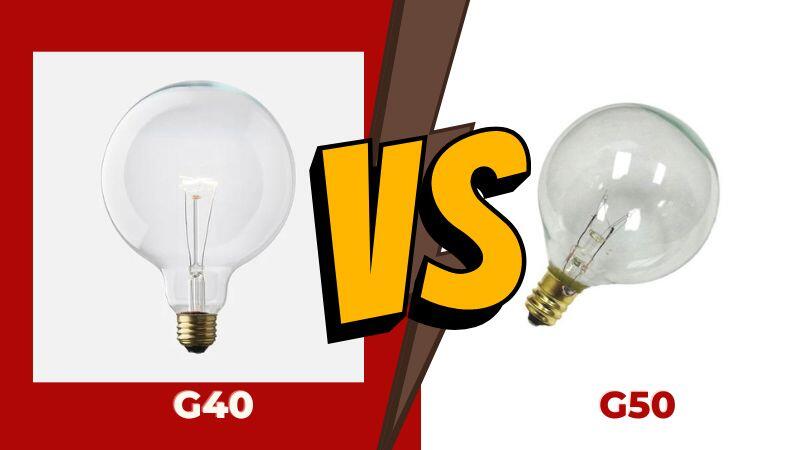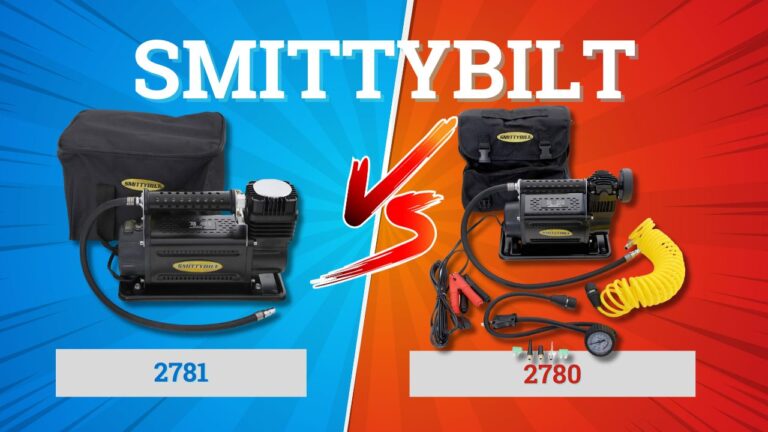Decorative lighting plays a significant role in enhancing the ambiance of any space, be it indoor or outdoor. Among the various options available, G40 and G50 bulbs have gained popularity for their unique appearance and versatility. In this article, we will delve into a detailed comparison between G40 and G50 bulbs, exploring their key features, applications, and considerations to help you make an informed decision for your lighting needs.
Differences Between G40 and G50 Bulbs
| Features | G40 Bulbs | G50 Bulbs |
|---|---|---|
| Bulb Shape and Size | Globe-shaped, 40mm (1.5 inches) diameter | Globe-shaped, 50mm (2 inches) diameter |
| Lighting Output and Brightness | Soft and subtle illumination | Bright and vibrant illumination |
| Bulb Base and Connectivity | E12 candelabra base | E17 intermediate base |
| Durability and Lifespan | Weather-resistant, 3,000-5,000 hours lifespan | Weather-resistant, 2,500-3,500 hours lifespan |
| Decorative Versatility | Charming, vintage-inspired appearance | A contemporary, eye-catching look |
Bulb Shape and Size
G40 Bulbs: G40 bulbs are globe-shaped and measure approximately 40mm (1.5 inches) in diameter. Their round, compact design creates a classic look and is commonly associated with string lights and holiday decor.
G50 Bulbs: G50 bulbs also have a globe shape, but they are larger than G40 bulbs, measuring around 50mm (2 inches) in diameter. The increased size of G50 bulbs offers a bolder, more prominent appearance, making them suitable for both decorative and functional lighting purposes.
Lighting Output and Brightness
G40 Bulbs: G40 bulbs typically have a lower wattage, ranging from 5 to 25 watts, which results in a softer and more subtle lighting effect. They are ideal for creating a warm and cozy atmosphere, making them popular choices for outdoor parties, patios, and cafes.
G50 Bulbs: G50 bulbs often have higher wattages, ranging from 7 to 60 watts, providing a brighter illumination. They offer a more pronounced and vibrant lighting effect, suitable for both indoor and outdoor applications, such as weddings, events, or highlighting architectural features.
Also check – G30 vs G50 Bulbs: What are the Differences?
Bulb Base and Connectivity
G40 Bulbs: G40 bulbs commonly feature an E12 candelabra base, which is a smaller screw-in base that fits into various string light sockets, chandeliers, or lamps. The candelabra base offers easy connectivity and compatibility with different lighting fixtures.
G50 Bulbs: G50 bulbs typically come with an E17 intermediate base, which is slightly larger than the E12 candelabra base. The intermediate base provides a secure connection and is frequently used in commercial applications, larger string lights, or outdoor lighting setups.
Durability and Lifespan
G40 Bulbs: G40 bulbs are often manufactured with commercial-grade materials, ensuring durability and resistance to weather conditions. They are designed to withstand outdoor elements like rain, wind, and UV exposure, making them suitable for long-term outdoor installations. The average lifespan of G40 bulbs ranges from 3,000 to 5,000 hours.
G50 Bulbs: Similar to G40 bulbs, G50 bulbs are also built to withstand outdoor environments. Their larger size and robust construction contribute to increased durability, making them suitable for commercial use and outdoor lighting installations. G50 bulbs typically have an average lifespan ranging from 2,500 to 3,500 hours.
Decorative Versatility
G40 Bulbs: G40 bulbs are popular for their charming, vintage-inspired appearance. They are commonly used in creating festive environments, such as garden parties, weddings, or holiday displays. Their soft glow and smaller size make them an excellent choice for decorative lighting arrangements.
G50 Bulbs: With their larger size and brighter illumination, G50 bulbs offer a more contemporary and eye-catching look. They can be used to make a bold statement or as focal points in both indoor and outdoor settings. G50 bulbs are often chosen for larger spaces, architectural lighting, or to add a touch of elegance to events.
Conclusion
When considering G40 vs G50 bulbs, it’s important to assess your specific lighting needs and aesthetic preferences. G40 bulbs excel in creating a cozy and warm atmosphere with their soft glow, making them ideal for intimate gatherings or creating a vintage-inspired ambiance. On the other hand, G50 bulbs offer a bolder and brighter lighting effect, making them suitable for larger spaces, commercial applications, or events that require a more vibrant and prominent illumination.
The choice between G40 and G50 bulbs also depends on the desired decorative versatility. G40 bulbs with their compact size and classic appearance are often chosen for string lights, holiday decorations, and smaller-scale applications. They can add a touch of charm and nostalgia to any setting. G50 bulbs, with their larger size and eye-catching presence, are more versatile in terms of creating impactful visual displays. They are well-suited for architectural lighting, highlighting outdoor landscapes, or serving as focal points in both indoor and outdoor environments.
Durability is another factor to consider when comparing G40 and G50 bulbs. Both types are typically designed to withstand outdoor conditions, such as rain, wind, and UV exposure. However, due to their larger size and more robust construction, G50 bulbs tend to offer slightly higher durability and can withstand more demanding environments.
It is important to note that the lifespan of both G40 and G50 bulbs can vary depending on the quality of the bulbs and the specific operating conditions. On average, G40 bulbs have a lifespan ranging from 3,000 to 5,000 hours, while G50 bulbs generally have a lifespan of 2,500 to 3,500 hours.
In summary, the choice between G40 and G50 bulbs depends on factors such as desired lighting output, decorative versatility, and the specific environment where they will be used. G40 bulbs are favored for their softer, cozy glow and vintage appeal, while G50 bulbs offer a brighter and bolder lighting effect, making them suitable for larger spaces and more impactful visual displays. Consider your specific needs and preferences to select the bulb type that best complements your decorative lighting vision.




